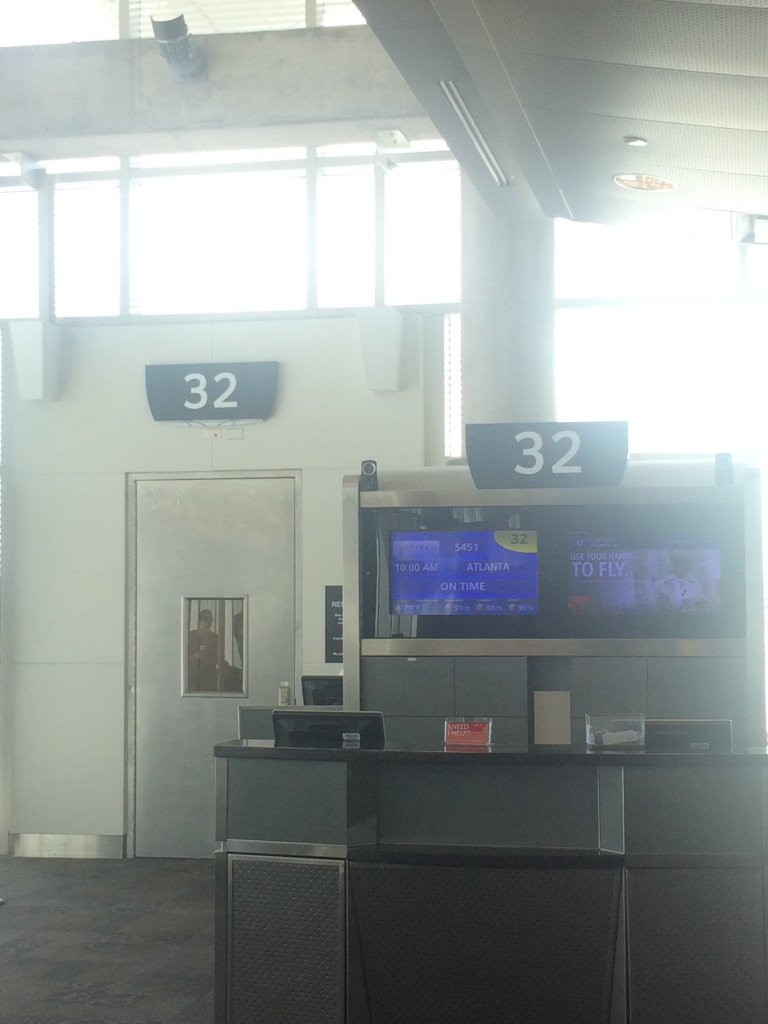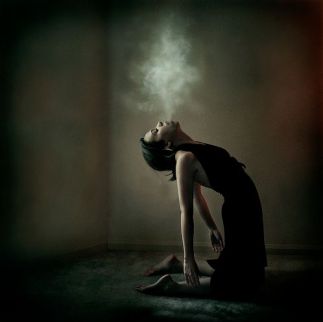In ‘Insomnia’ Dybek recreates a painting into the form of words. This is based on the paintings by Edward Hopper, which he titled ‘Nighthawks.’ The most famous painting is the one below, of the diner.
 Edward Hopper Nighthawks Painting 1942
Edward Hopper Nighthawks Painting 1942
‘The diner seems frozen in the blinding pop of a flashbulb that refuses to fade— a glare as stark as the illumination of certain dreams, brighter for being framed by night. In that paralyzing light, the sleepwalker sees the lovers at the other end of the counter, with their bleached-out, hawk-featured faces staring straight ahead as if they’re in a trance; and Ray, glancing away, caught in the act of dunking a cup under the counter as if disposing of evidence; and the hitman in the shadowy hat, mumbling to no one.’
I mean the fact that Dybek gives his own version of this painting, renews the painting to the eye. For instance, if you read Dybek’s description of this painting alongside Hopper’s painting, you can see Ray ‘caught in the act of dunking a cup under the counter’ when on first glance you never would have thought that was happening. Tonkiss further claims that ‘Images pile on top of each other; things are seen – or half seen – quickly, suddenly.’ What Tonkiss suggests here is that Dybek ‘pile[s]’ his literary image of the painting, so that we can ‘see’ a better view of Chicago. However, this does not occur ‘quickly’ and ‘suddenly’ as Tonkiss suggests, because it involves the reader to read Dybek’s interpretation before applying his reading to the ‘image.’ In this sense, it is a fragmentary view of Chicago, as different interpretations of this ‘image’ are required. In an interview with Chicago Public Library, Dybek explains:
‘A primary function of the arts is to memorialize, to defy time by using the medium—whether it’s painting or photography or poetry—to preserve the past not by storing it in a museum but by making it come alive in the present. The stories and poems I’ve written about the city attempt to serve that role and in a real sense those stories and poems are my most vivid memories.’
Dybek here makes the painting ‘come alive in the present’ by applying his own interpretation of the image, and giving each character a real backstory. In reality, Dybek rejuvenates the paintings into ‘vivid memories’ that ‘serve’ a view of the city. However, the fact that they are in itself subjective as memories, makes them difficult to concrete, and because of that add fragmentation to the view of Chicago.
Advertisements Share this:




